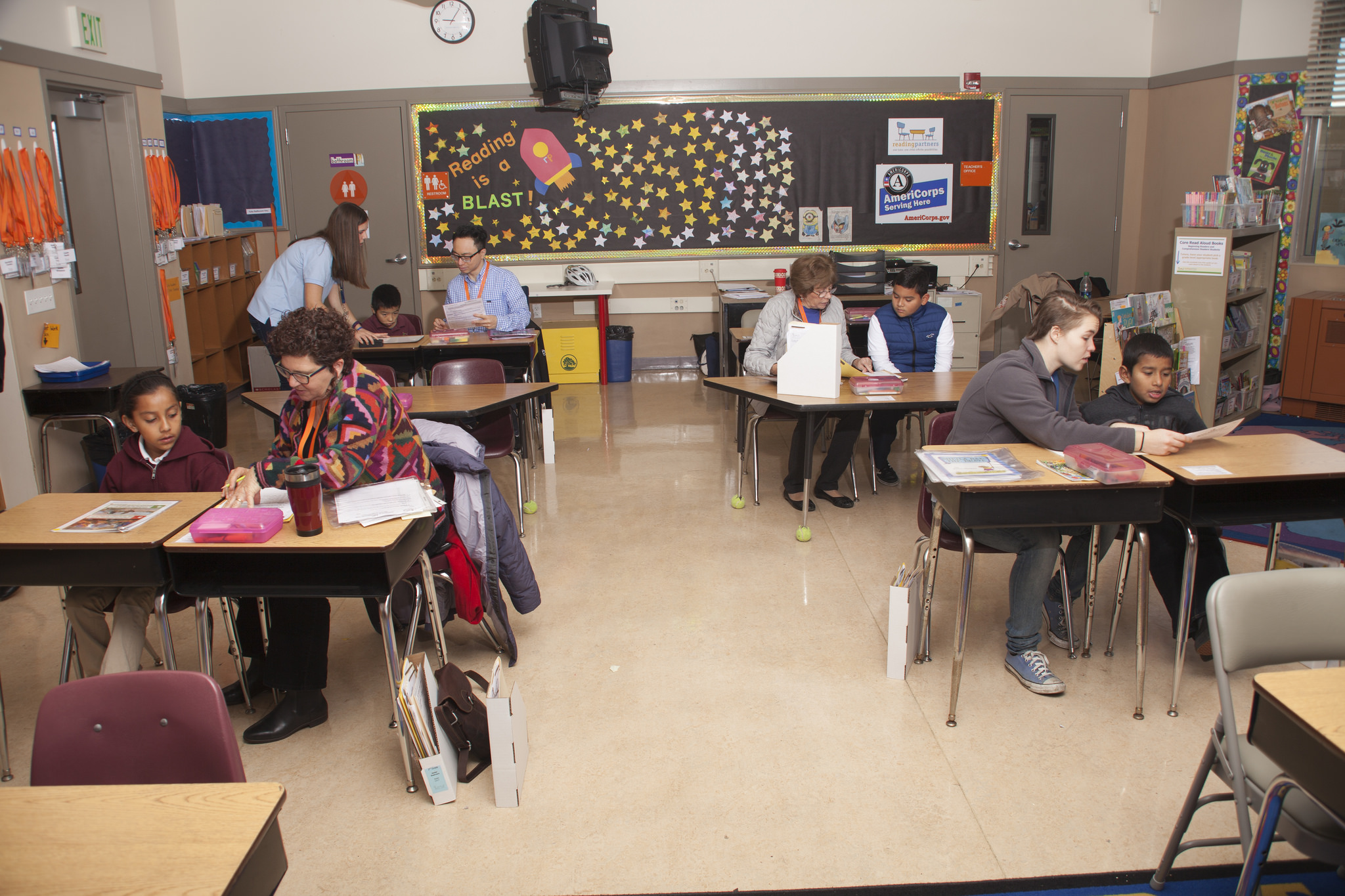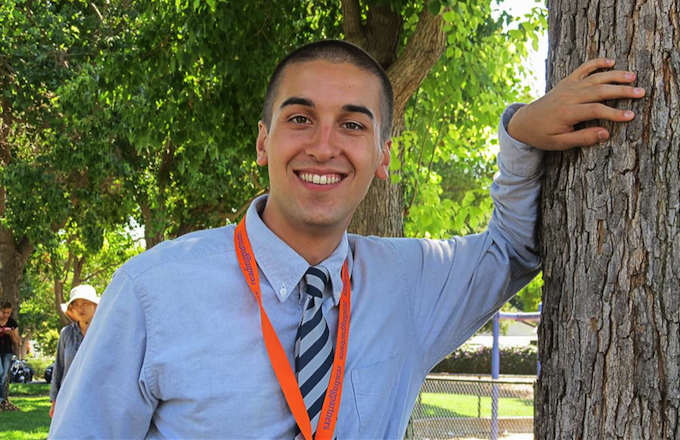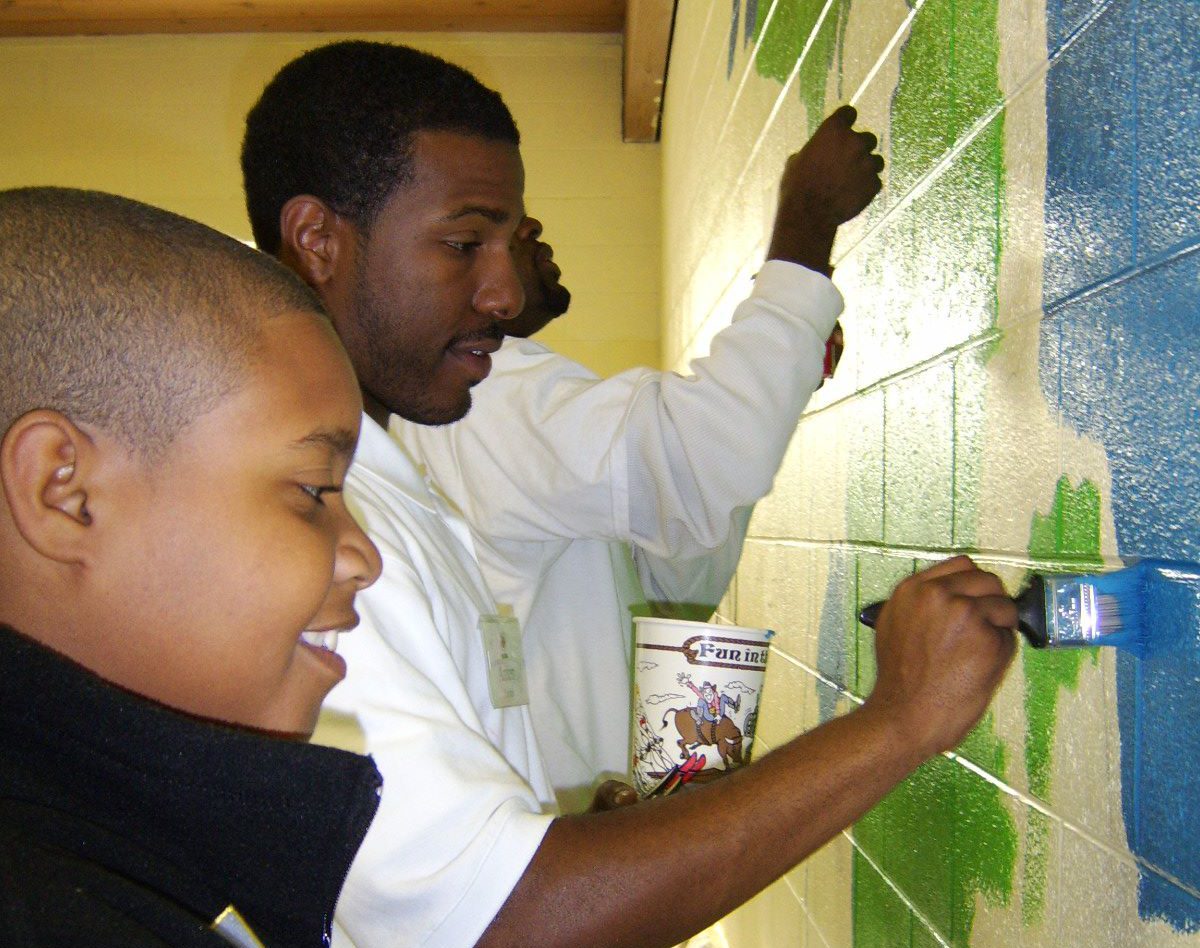April 10, 2018
Coming together to close the literacy gap

Americans disagree on a broad range of important issues, including our education system. Though both sides of the political aisle express alarm and outrage at the current state of public schools, we have no national consensus as to how to address overcrowded classrooms, underpaid educators, or slipping standardized test scores. Instead, partisan opinions on how we should operate our education system dominate news headlines.
However, there are indicators that the tide is turning in favor of unity on this particular issue. A 2009 survey from Jumpstart found that 95 percent of Americans consider childhood literacy important. Furthermore, while an August 2016 Gallup poll recorded a 20-point spread between Democrat and Republican satisfaction (53 percent and 32 percent, respectively), an identical poll in 2017 showed an overall higher opinion among all respondents, as well as a narrower gap between the left and right.
Thus, the literacy movement in response to the present crisis among American students presents itself as a promising reminder of the values we hold in common in a time of ideological entrenchment and congressional gridlock.
A fair shot for all students
Our collective understanding that childhood literacy matters speaks to deeper ideological alignment among Americans, including the belief in educational equity.
The very existence of a K-12 public educational system is a commitment to a fair shot for all students. We may disagree on whether the system accomplishes this goal, and we may disagree on whether this goal is within the necessary purview of federal government, but we can all agree on the principle of childhood literacy because we first agree that safeguarding the rights of all young people to learn can only strengthen our society.
Americans’ overwhelming support of childhood literacy is perhaps also indicative of our underlying national belief in freedom. One would be hard pressed to find a value more frequently cited in American political dialogue, despite our undeniably thorny history with the term in practice.
Historically, the ability to read and write has served as a literal indicator of a person’s freedom. At the onset of the Civil War, nearly four million enslaved African-Americans were barred from learning these skills under threat of physical harm and death. Today, we share an understanding that the greater command a person has over the English language, the more opportunities are available to her. While as a society we reject any notion that these opportunities should be limited to the privileged few, significant barriers to quality literacy education continue to plague low-income and minority students.
Literacy education falling short in the US
Not only does literacy unlock greater educational opportunities, it provides the basis for all critical reasoning. If the vast majority of us envision a US educational system in which students leave elementary school with the fundamental skills needed to think critically throughout their lives, then widespread support for childhood literacy may also stem from the fact that our nation is currently falling far short of this goal.
We are in the midst of a literacy crisis in which 37 percent of US students and only 22 percent of low-income students are reading proficiently by the fourth grade (NAEP 2017). These figures should and do move us to act.
Our support of early literacy is an extension and an affirmation of some of our most foundational beliefs as Americans, never more so than in the face of an early literacy crisis.
Filling the literacy gap
Enter the host of organizations working to bridge the literacy gap for US students. At the public school closest to your home, at your local library, and at after school enrichment programs nationwide, motivated individuals are giving of their time every day, working together to support striving readers.
At Reading Partners specifically, 90% of our K-2 students mastered key foundational reading skills needed to read at grade level during the 2016-2017 school year. If you already volunteer with us or another organization working to bridge the gap, we thank you for your dedication to improved outcomes for all young readers. If you’re looking for an invitation, we have a few ideas:
- Reading Partners – Help an elementary student develop a life-long love of reading with one-on-one literacy tutoring.
- Project Literacy – Use this online search tool to find a volunteer opportunity working with students in your area.
- Reach out to local schools to see what their volunteer needs are (for example, you could read to a classroom or organize a book drive for the library).
- Volunteer to host a family literacy night at your public library!
- VolunteerMatch is a great resource for finding other service opportunities in your area.












